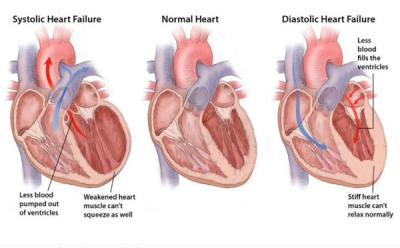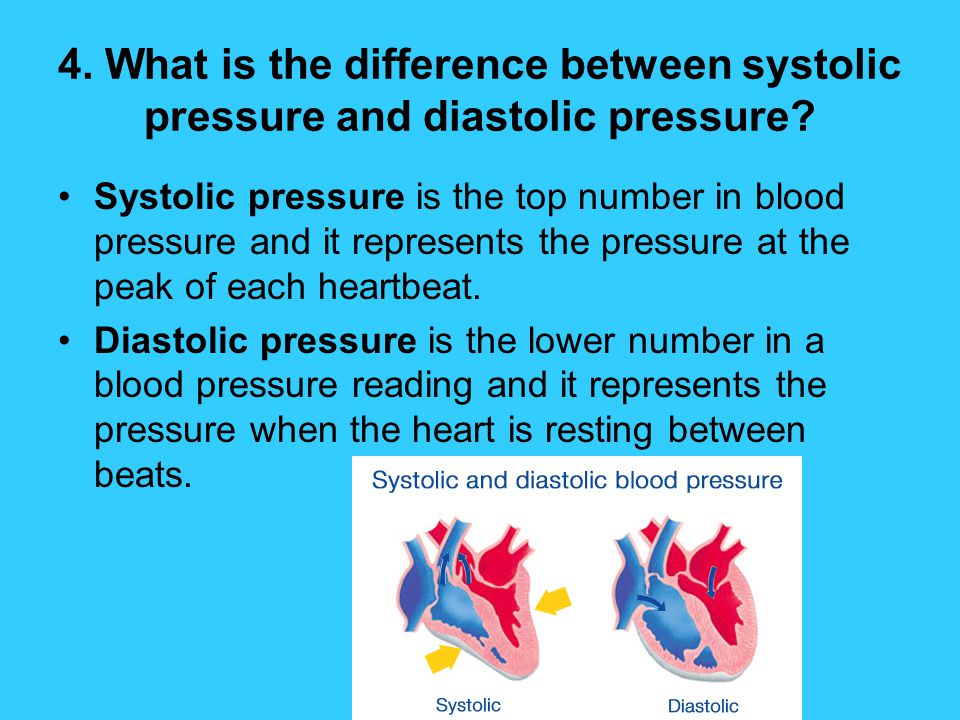
Taking a blood pressure reading is one of the best ways to monitor your heart health. Both systolic and diastatic pressures are important. The former measures the amount of force exerted by the heart during a single beat, while the latter reflects the relaxation of the heart muscle between two beats. The difference between systolic and diametrically opposed pressures can indicate several different conditions, including an enlarged heart, an underdeveloped kidney, or a blocked artery.
The difference between systolic and diametric pressures can make it difficult to diagnose high blood pressure. Ideally, the systolic reading should be based on phase I sounds. However, in some instances, patients may have a loss of all sounds, which is called a ‘auscultatory gap.’ If this is the case, a person’s systolic pressure will be 120 mm Hg.
Usually, blood pressure is read from the left arm, but some physicians use the right arm as well. The ideal blood pressure should be around 120 mmHg systolic and 80 mmHg diastolic. In this case, the systolic pressure is less than 90 mmHg. If the diastolic pressure is below that, it may indicate arterial occlusion in the limbs.
The diastolic pressure, on the other hand, refers to the pressure inside the artery when the heart is at rest. This is the pressure inside the artery during a ventricular contraction. It is measured in millimeters of mercury. The mercury column in a blood pressure cuff represents the amount of force exerted on the artery walls during the heart’s systolic phase. The systolic number is usually recorded first, followed by the diastolic one.
If the systolic pressure is greater than the diastolic pressure, it is considered to be hypertension. Although the numbers can be raised or decreased depending on various factors, they should remain within a normal range. The ideal blood pressure reading for the heart is one that is between 115 and 70 millimeters. In a patient with a higher systolic pressure than the diastolic one, the heart must be pumped harder to avoid strokes.
The systolic blood pressure is the number that indicates how much force the heart exerts in a particular moment. The systolic pressure is the top number; the diastolic pressure is the lowest number. The bottom number shows the pressure when the heart relaxes. These are not the same, but the numbers should be similar. Therefore, they should not be confused with each other.

Systolic pressure is the force exerted by the heart when it contracts. Diastolic pressure is the pressure that occurs when the heart is at rest. Systolic pressure is higher than diastolic and indicates heart failure. In both cases, systolic pressure is greater than diastolic.
Systolic pressure is the highest value. It is also called aortic pressure. This pressure is the pressure in the aorta and distributive arteries. As blood circulates through the aorta, systolic pressure increases and diastolic pressure decreases, causing systolic pressure to become higher.
If you have systolic pressure, this is an indication of high blood pressure. If the systolic pressure is higher than the diastolic pressure, it is considered high blood pressure. The lower pressure is the result of a low heart rate or angular pulse. It is measured in millimeters of mercury and is more sensitive than aortic pressure.
Systolic pressure is the highest pressure in the blood vessels. Diastolic pressure is the lowest. The top number is the most important. The bottom number is the most important. If it is higher, this indicates high blood pressure. The bottom number is the lowest. This is known as diastolic pressure. Systolic pressure is more significant. View Hafaz รีวิว
to find out the possible treatment option and compare it with others.
High systolic pressure is the highest pressure within an artery. The bottom number is the diastolic pressure. When diastolic pressure is lower, the heart receives less blood and oxygen. The latter causes a higher risk of heart disease. A high systolic blood pressure means you have high blood pressure.